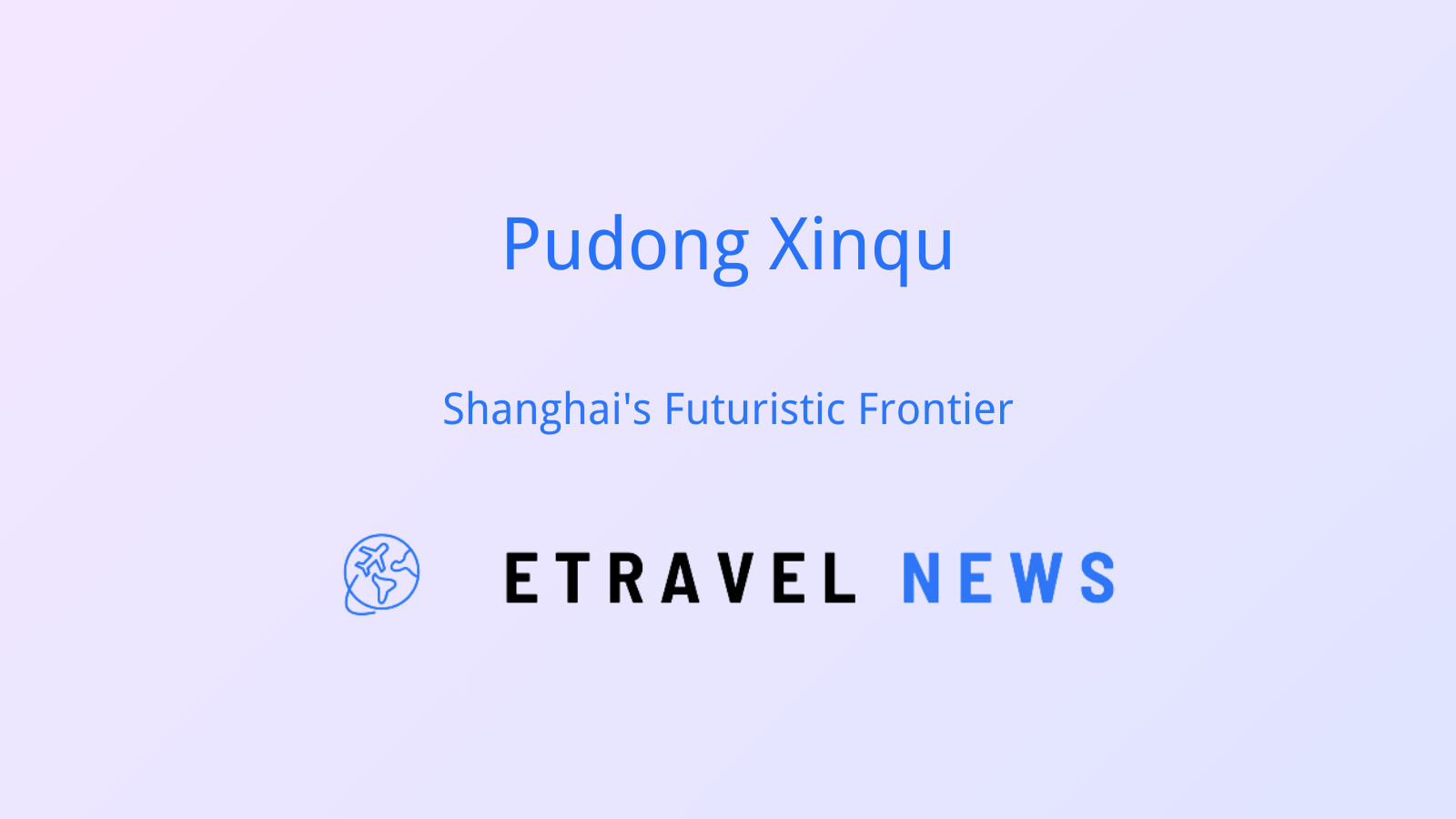Introduction to Pudong Xinqu
Pudong Xinqu, or “New Area,” stands as a testament to China’s rapid modernization. Once a sprawling expanse of farmland east of the Huangpu River, Pudong has transformed into a glittering financial hub in just three decades.
This district, covering 1,210 square kilometers, is not merely an extension of Shanghai but its beating economic heart. Pudong’s strategic location on the eastern bank of the Huangpu River positions it as Shanghai’s gateway to the world.
Since its development began in 1990, Pudong has become a symbol of China’s economic reforms. It serves as a model for urban planning and development, showcasing the nation’s ambition on the global stage.
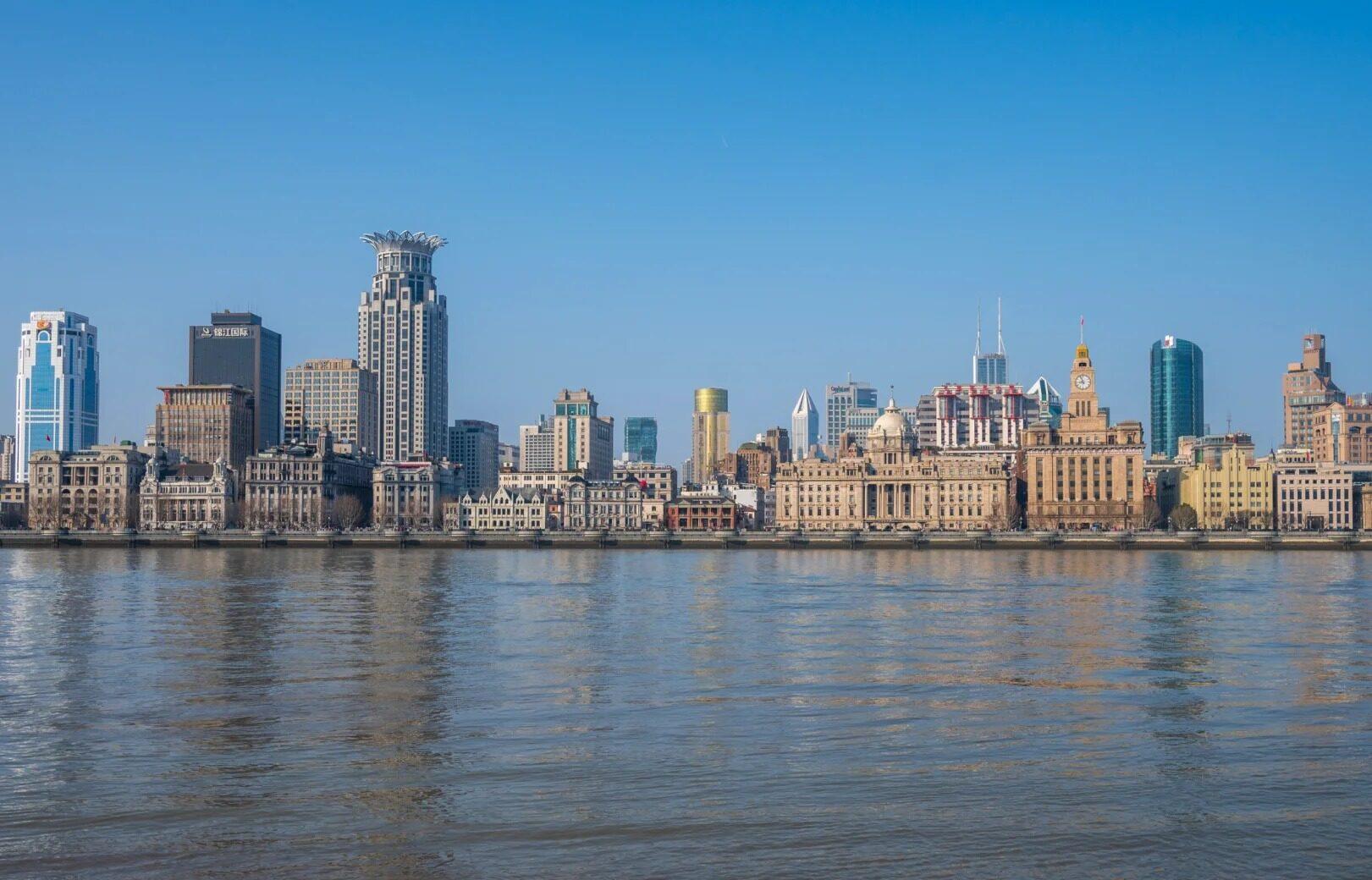
Iconic Landmarks and Architecture
Pudong’s skyline is a mesmerizing blend of architectural marvels:
- Shanghai Tower
- Height: 632 meters (2,073 feet)
- Features: World’s second-tallest building, twisting design for wind resistance
- Observation deck on the 118th floor
- Oriental Pearl TV Tower
- Distinctive “pearl” design
- Revolving restaurant and observation decks
- Symbol of modern Shanghai
- Jin Mao Tower and Shanghai World Financial Center
- Pagoda-inspired Jin Mao Tower (420.5 meters)
- “Bottle opener” design of Shanghai World Financial Center (492 meters)
These skyscrapers, along with numerous other high-rises, create a futuristic cityscape that has become iconic in global media.
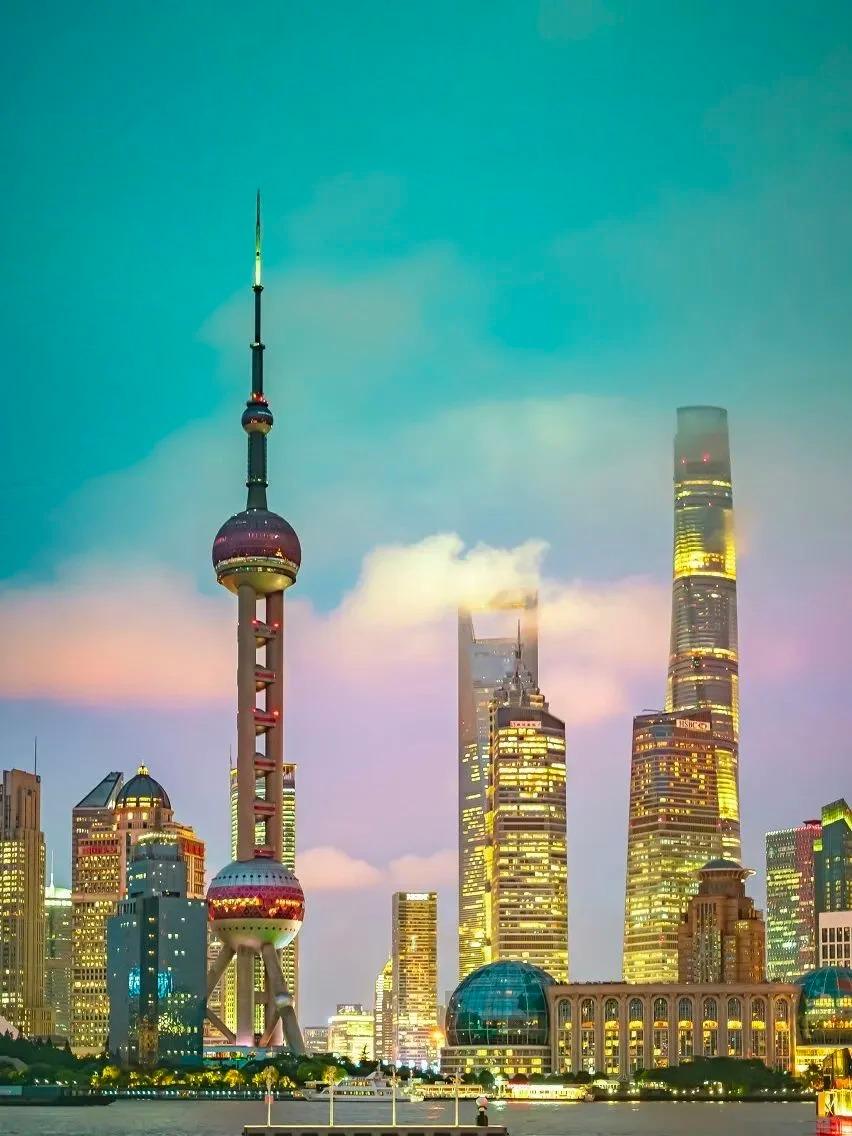
Business and Finance in Pudong
Pudong’s Lujiazui Financial District is often called the “Wall Street of China.” Home to the Shanghai Stock Exchange, it hosts over 1,000 financial institutions.
| Key Financial Institutions | Year Established |
|---|---|
| Shanghai Stock Exchange | 1990 |
| China Financial Futures Exchange | 2006 |
| Shanghai Gold Exchange | 2002 |
The Shanghai Free-Trade Zone, established in 2013, has further boosted Pudong’s appeal to international businesses. It offers streamlined customs procedures and relaxed regulations, attracting multinational corporations across various sectors.
Cultural and Entertainment Attractions
Pudong isn’t all business; it offers a wealth of cultural and leisure activities:
- Shanghai Disneyland Resort: Opened in 2016, it’s the first Disney park in mainland China
- Shanghai Science and Technology Museum: Interactive exhibits showcasing technological advancements
- Century Park: The largest park in Shanghai, offering a green oasis amidst the urban landscape
- Shanghai Ocean Aquarium: One of the largest aquariums in Asia, featuring rare species
These attractions blend entertainment with educational value, catering to both locals and tourists.
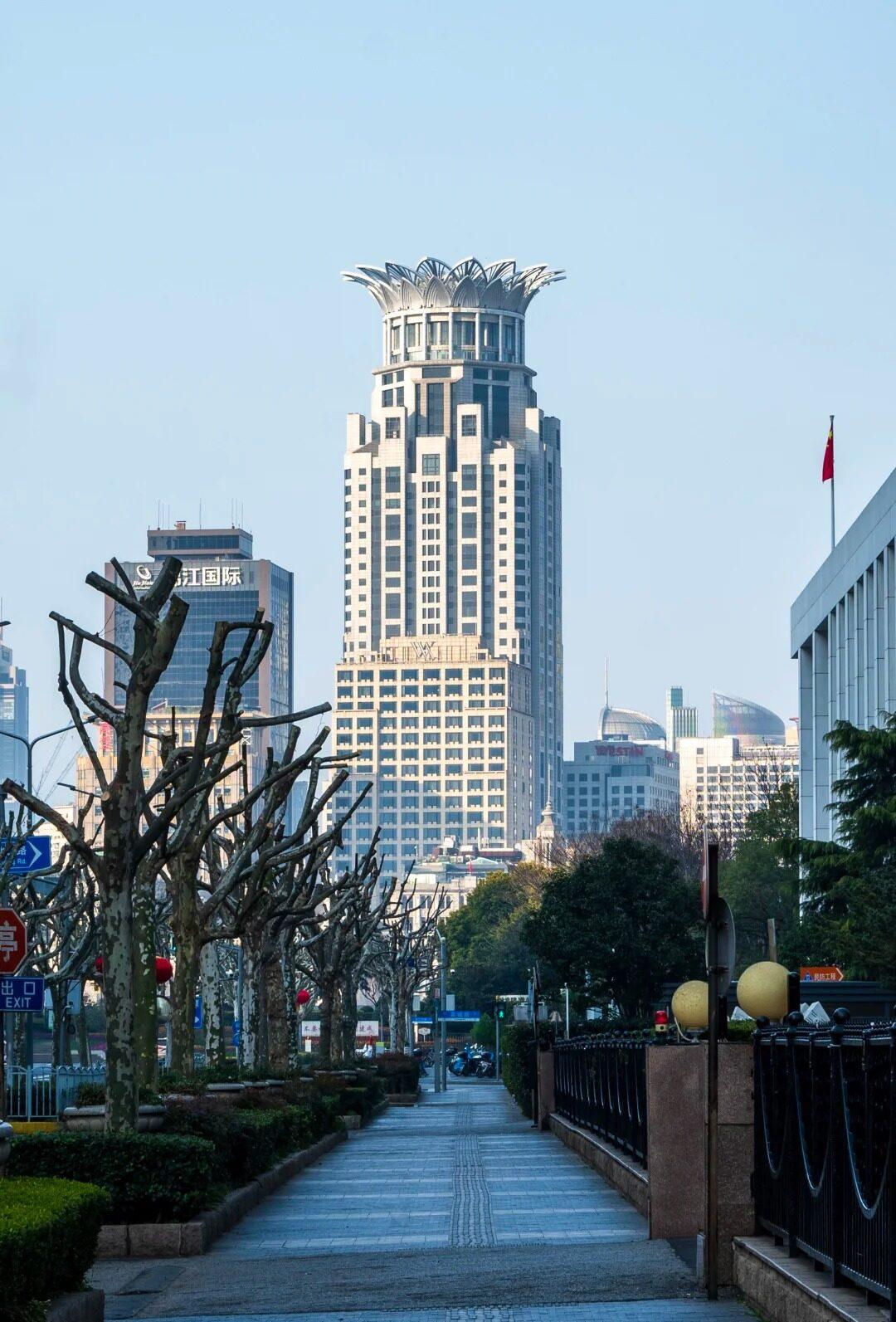
Transportation and Accessibility
Pudong’s infrastructure is designed for efficiency:
- Pudong International Airport: One of the busiest in the world, connecting Shanghai to global destinations
- Metro Lines: Multiple lines (2, 4, 6, 7, 9, 11, 13, 16) connecting Pudong to other parts of Shanghai
- Nanpu and Yangpu Bridges: Iconic bridges linking Pudong to Puxi (the older part of Shanghai)
- Bund Sightseeing Tunnel: A unique transport experience under the Huangpu River
This comprehensive network ensures seamless connectivity within Pudong and to the rest of Shanghai.
Residential Life and Development
Pudong offers a high quality of life with:
- Modern residential complexes with stunning views
- International schools catering to expatriate families
- World-class healthcare facilities
- Luxurious shopping malls like IFC Mall and Super Brand Mall
Green initiatives, such as the creation of pocket parks and tree-lined avenues, contribute to a balanced urban environment. The district’s focus on work-life balance makes it attractive to both local and international residents.
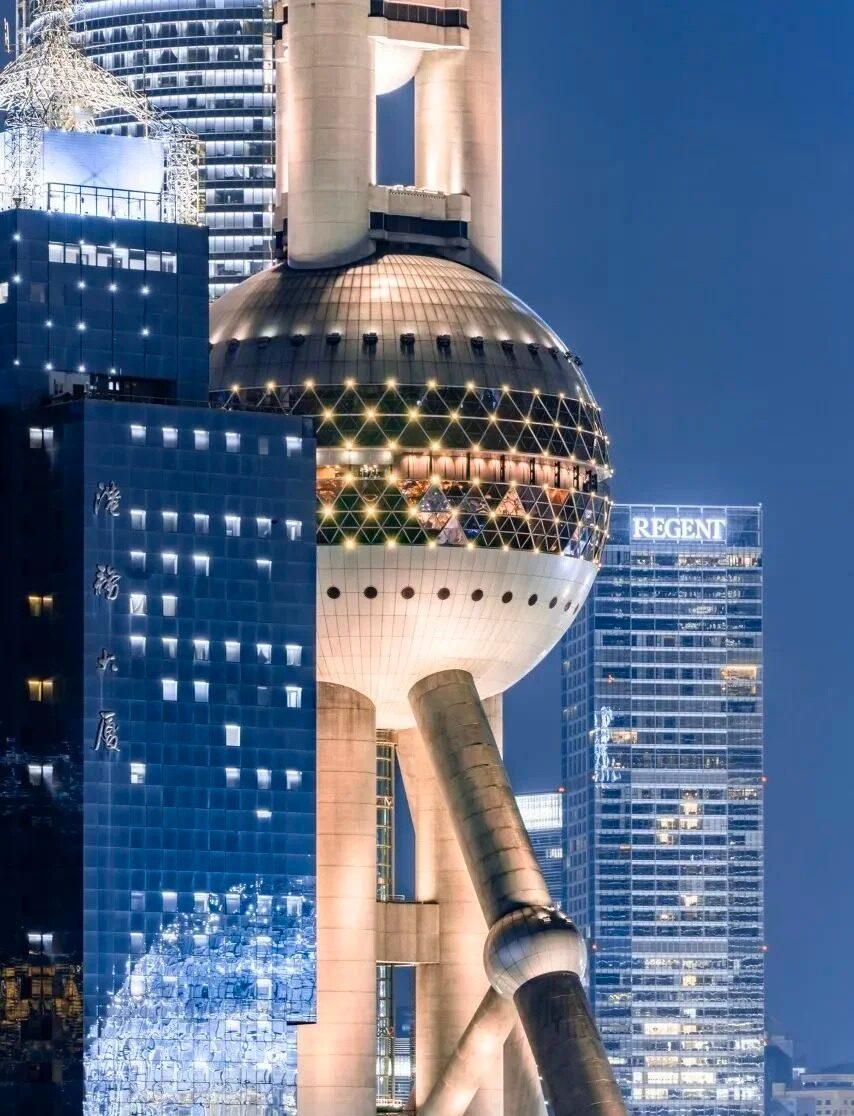
Future Prospects and Ongoing Projects
Pudong continues to evolve with ambitious plans:
- Expansion of the Free-Trade Zone to boost international trade
- Development of AI and robotics hubs to lead in technological innovation
- Implementation of smart city technologies for improved urban management
Environmental sustainability is a key focus, with plans for more green spaces and energy-efficient buildings. Pudong aims to be a model of sustainable urban development for the 21st century.
As Shanghai strives to become a truly global city, Pudong Xinqu remains at the forefront of this transformation. It stands not just as a symbol of China’s economic might, but as a vision of urban futures worldwide.


